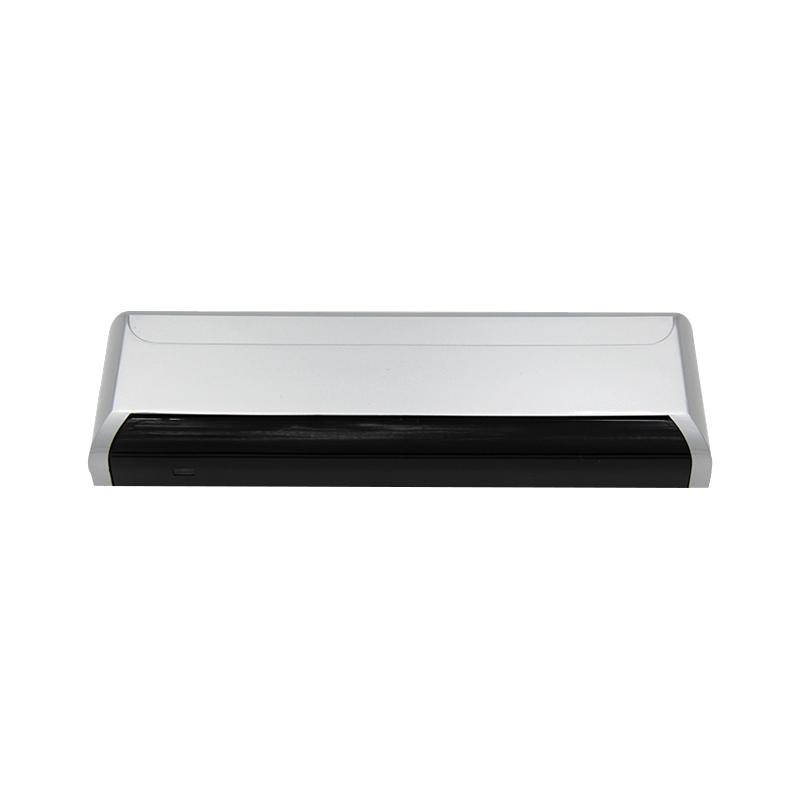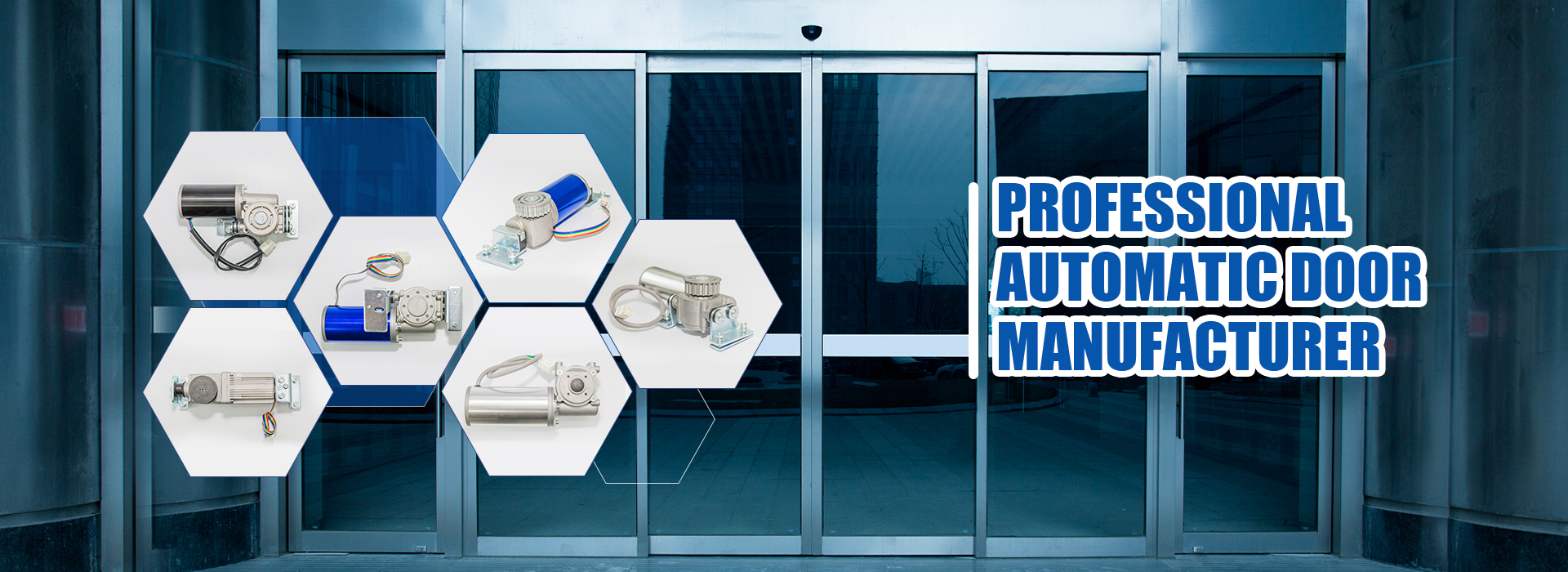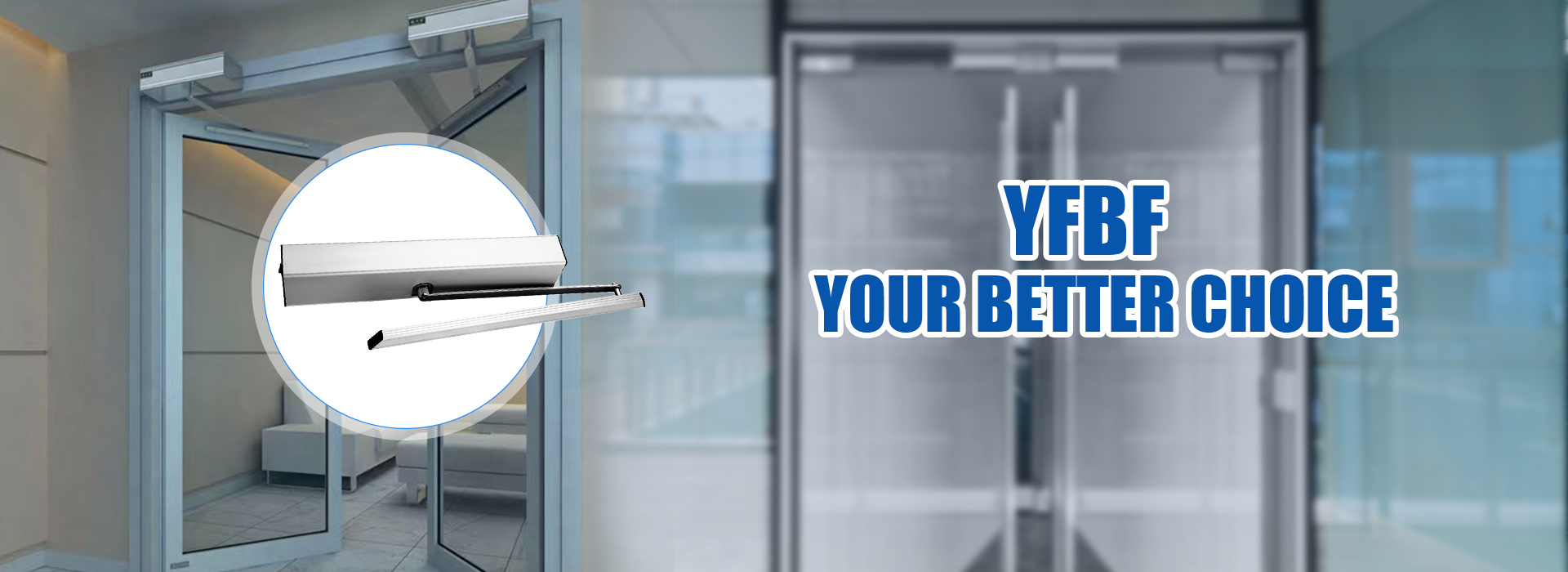
Automatic doors open and close fast. People sometimes get hurt if the door does not see them. Infrared Motion &Presence Safety sensors spot people or objects right away. The door stops or changes direction. These systems help everyone stay safe when they use automatic doors.
Key Takeaways
- Infrared motion and presence sensors detect people or objects near automatic doors and stop or reverse the door to prevent accidents.
- These sensors work quickly and adjust to different environments, helping protect children, seniors, and people with disabilities.
- Regular cleaning, testing, and professional maintenance keep the sensors reliable and extend their lifespan, ensuring ongoing safety.
Infrared Motion &Presence Safety: Preventing Common Door Accidents
Types of Automatic Door Accidents
People can face several types of accidents with automatic doors. Some doors close too soon and hit someone. Others trap a person’s hand or foot. Sometimes, a door closes on a stroller or wheelchair. These accidents can cause bumps, bruises, or even more serious injuries. In busy places like malls or hospitals, these risks increase because more people use the doors every day.
Who Is Most at Risk
Certain groups face higher risks around automatic doors. Children often move quickly and may not notice a closing door. Seniors might walk slowly or use walkers, making them more likely to get caught. People with disabilities, especially those using wheelchairs or mobility aids, need extra time to pass through. Workers moving carts or equipment also face danger if the door does not detect them.
Tip: Always watch for automatic doors in public spaces, especially if you are with children or someone who needs extra help.
How Accidents Occur
Accidents usually happen when the door does not see someone in its path. Without proper sensors, the door might close while a person or object is still there. Infrared Motion &Presence Safety sensors help prevent these problems. They use infrared beams to spot movement or presence near the door. If the beam breaks, the door stops or reverses. This quick action keeps people safe from getting hit or trapped. Regular checks and maintenance keep these safety features working well, so everyone stays protected.
How Infrared Motion &Presence Safety Systems Work and Stay Effective

Motion and Presence Detection Explained
Infrared motion and presence detection use invisible light to spot people or objects near a door. The sensor sends out infrared beams. When something breaks the beam, the sensor knows someone is there. This helps the door react quickly and safely.
The M-254 Infrared Motion & Presence Safety sensor uses advanced infrared technology. It can tell the difference between someone moving and someone standing still. The sensor has a wide detection area, reaching up to 1600mm in width and 800mm in depth. It works well even when the lighting changes or sunlight shines directly on it. The sensor also learns from its surroundings. It adjusts itself to keep working, even if the building shakes or the light changes.
Other sensors, like the BEA ULTIMO and BEA IXIO-DT1, use a mix of microwave and infrared detection. These sensors have many detection spots and can adjust to busy places. Some, like the BEA LZR-H100, use laser curtains to create a 3D detection zone. Each type helps keep doors safe in different settings.
Note: Infrared motion detection works best when nothing blocks the sensor’s view. Walls, furniture, or even high humidity can make it harder for the sensor to work. Regular checks help keep the area clear.
Key Safety Features and Real-Time Response
Safety features in these systems act fast. The M-254 sensor responds in just 100 milliseconds. That means the door can stop or reverse almost instantly if someone is in the way. The sensor uses different colored lights to show its status. Green means standby, yellow means motion detected, and red means presence detected. This helps people and workers know what the door is doing.
Here are some real-time response features found in infrared safety systems:
- Sensors watch for movement or presence all the time.
- If someone is detected, the system sends a signal to stop or reverse the door.
- Visual signals, like LED lights, show the current status.
- The system reacts quickly, often in less than a second.
These features help prevent accidents by making sure the door never closes on someone. Fast response times and clear signals keep everyone safe.
Overcoming Limitations and Ensuring Reliability
Infrared sensors face some challenges. Changes in temperature, humidity, or sunlight can affect how well they work. Sometimes, sudden heat or bright light might confuse the sensor. Physical barriers, like walls or carts, can block the sensor’s view.
Manufacturers use smart technology to solve these problems. The M-254 Infrared Motion & Presence Safety sensor uses self-learning background compensation. This means it can adjust to changes in the environment, like vibrations or shifting light. Other sensors use special algorithms to track movement, even if the person moves quickly or the lighting changes. Some systems use extra detection lines or combine different types of sensors for better accuracy.
A table below shows how different sensors handle tough conditions:
| Sensor Model | Technology Used | Special Feature | Best Use Case |
|---|---|---|---|
| M-254 | Infrared | Self-learning compensation | Commercial/public doors |
| BEA ULTIMO | Microwave + Infrared | Uniform sensitivity (ULTI-SHIELD) | High-traffic sliding doors |
| BEA IXIO-DT1 | Microwave + Infrared | Energy-efficient, reliable | Industrial/interior doors |
| BEA LZR-H100 | Laser (Time-of-Flight) | 3D detection zone, IP65 housing | Gates, outdoor barriers |
Maintenance and Optimization Tips
Keeping the system in top shape is important. Regular maintenance helps the sensor work well and last longer. Here are some tips:
- Clean the sensor lens often to remove dust or dirt.
- Check for anything blocking the sensor’s view, like signs or carts.
- Test the system by walking through the door area to make sure it reacts.
- Watch the LED lights for any warning signals.
- Schedule professional checks to catch problems early.
Tip: Predictive maintenance can save money and prevent accidents. Sensors that monitor their own health can warn you before something goes wrong. This reduces downtime and keeps everyone safe.
Studies show that regular maintenance can cut downtime by up to 50% and extend the life of the system by up to 40%. Early detection of problems means fewer surprises and safer doors. Using smart monitoring and learning from past issues helps the system get better over time.
Infrared motion and presence safety systems help keep everyone safe around automatic doors. Regular checks and professional servicing make these systems work better. People who pay attention to safety features lower their risk and create a safer place for all.
Remember, a little care goes a long way!
FAQ
How does the M-254 sensor know when someone is near the door?
The M-254 sensor uses invisible infrared beams. When someone breaks the beam, the sensor tells the door to stop or open.
Can the M-254 sensor work in bright sunlight or cold weather?
Yes, the M-254 sensor adjusts itself. It works well in sunlight, darkness, heat, or cold. It keeps people safe in many places.
What do the colored lights on the sensor mean?
Green shows standby.
Yellow means motion detected.
Red means presence detected.
These lights help people and workers know the sensor’s status.
Post time: Jun-16-2025



